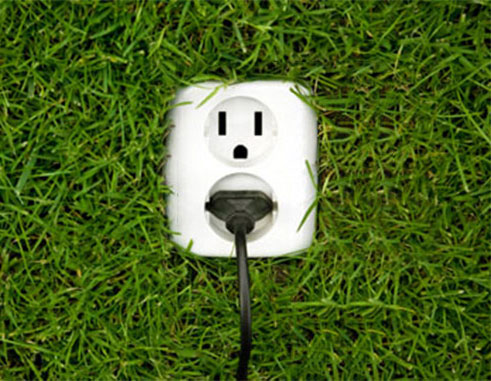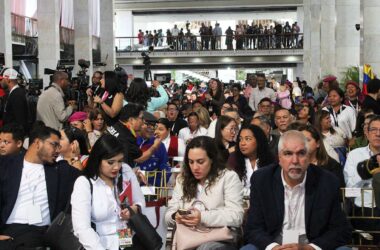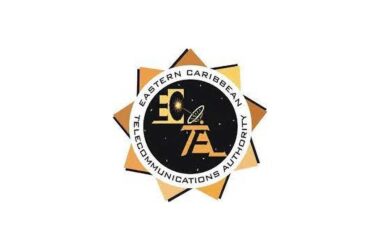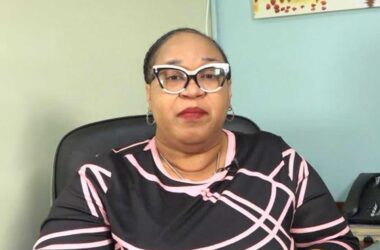ST. LUCIA is moving swiftly to reduce its carbon footprint and achieve its sustainable development goals under the Paris Climate Agreement by reducing GHG (greenhouse) emissions and walking a path towards renewable energy.
The mobilization stage starts with schools being introduced to the idea of a cleaner and more efficient energy structure to be followed by a public campaign. This public education/awareness drive is aimed at changing the public’s attitude toward issues of climate control, greenhouse emissions and the importance of reducing their reliance on fossil and imported fuels.
“We need to infuse new thinking, new behaviour. Changing attitudes take time. We have objectives set out to have a mix of renewable energy within our energy needs by a certain percentage by a particular year. We are looking at 16 percent by 2020 and 50 percent by 2030,” Valerie Leon, Permanent Secretary in the Department of Sustainable Development within the Ministry of Education, Innovation and Energy, said.
Exploration drilling for geothermal energy is now at an advanced stage with most, if not all, of the studies already completed. With just a few more things to wrap up, it seems likely that by early next year the start of that drilling phase will occur.
Should the drilling phase reveal a source of energy that is bankable, a power purchase agreement will be entered into with St. Lucia Electricity Services (LUCELEC), the intention being to guarantee a low price for electricity than what consumers now pay. However, this depends entirely on the cost associated with producing electricity from that source.
Other measures showing the determination of the country to move in the direction of energy efficiency and renewal can be seen in the installation of solar power systems — or what are called photovoltaic systems — on the roofs of some schools and community centers, the Marchand Community Center being one of them. A new photovoltaic system is also being installed at the Owen King-EU Hospital on the Millennium Highway.
Government is presently inviting eligible bidders for the supply of three full electric vehicles as part of its strategy to incorporate electric vehicles into its fleet of vehicles. Bidding will be conducted through the National Competitive Bidding procedures as contained in government’s procurement rules.
Funding for those vehicles came from the Italian Government through cooperation on climate change vulnerability, adaptation and mitigation between the Italian Ministry for the Environment, Land and Sea and CARICOM member states.
“The intention is to transition a significant number of those vehicles (the government fleet) to electric or hybrid vehicles so that we can continue reducing our carbon footprints,” Leon said.
People importing a full electric vehicle into the country will not have to pay any government tariff on it.
“This is an effort to encourage persons to move into more environmentally-friendly type vehicles and during this year we are aggressively pursuing options to build carports. We will be commencing a carport and charging facility on the grounds of the Ministry of Infrastructure,” Leon said.
But geothermal energy is not the only type of renewable energy being pursued by government. Dr. Gale Rigobert, Minister for Education, Innovation and Sustainable Development, said government is actively pursuing waste energy options, which is important for three reasons.
“The management of our waste is critical. You get to manage your waste more effectively and get to produce something out of it. It also reduces the pressure on us to find more physical space for landfills given that our economy is expanding, and thirdly it also means that we are able to contribute to our climate action agenda, renewable efficiency energy agenda and greening of the economy agenda,” Dr. Rigobert said.
Wind energy, she added, is part of the renewable energy mix, noting that some exploratory work was done in the Dennery area and that government is still obligated and committed to explore the feasibility of wind energy in the country.















